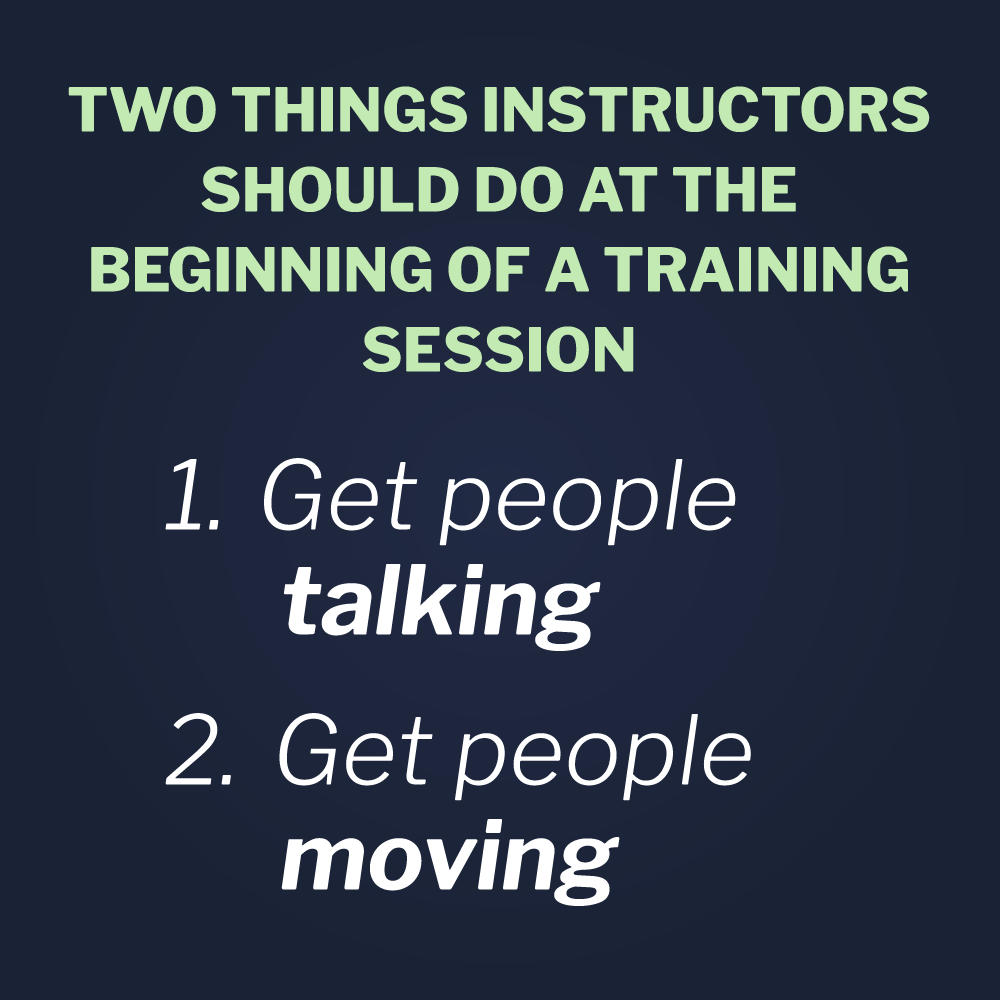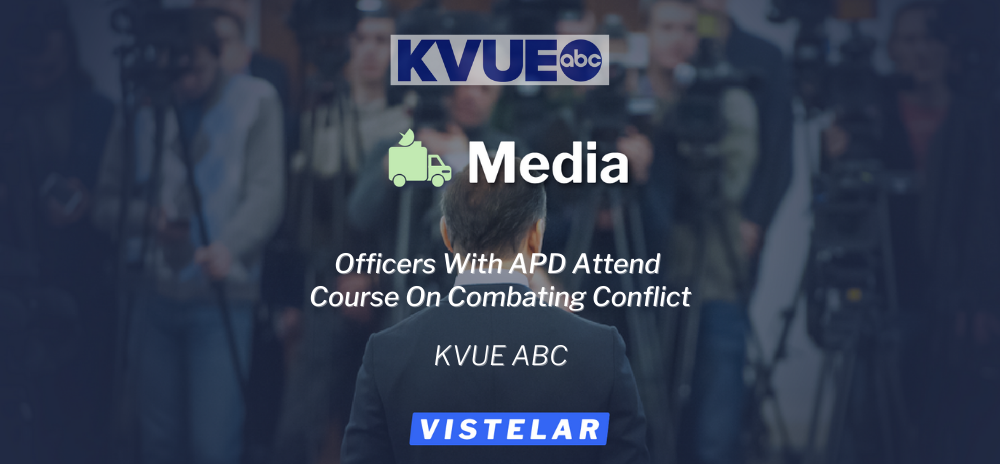We’ve all been there.
A training session at work is about to start. A session that everybody in the room has been told to attend by a supervisor.
You wonder, “What’s in it for me?”
Just about everyone in attendance has had the same thought cross their mind at one point regarding a training mandate. Employees from all disciplines value their time. We want our hours at work to feel worthwhile and productive. It’s only natural that each of us is thinking about the value of spending our entire work day away from our desk, from our to-do list. We are curious about what the training will entail, but feelings of everyday work stress, and maybe even frustration at being “volun-told” to attend the unfamiliar training might have us feeling irritable about the upcoming session.
Capture Attention as Soon As Possible
As instructors, it is absolutely vital that we engage attendees immediately. Think about the first ten minutes of a training session. During that introductory block, attendees will often decide whether what they have just heard is something they can get behind and support, or do without and go on with their familiar work routines. During those initial brief moments and remarks, an instructor needs to identify who they are, and their purpose for conducting the session, and at the same time, pique the interest of the attendees enough so that they feel value in how they are about to spend their day.
Most trainers use icebreakers of some sort – activities at the beginning of session that get people talking about a prepared topic, or about the participants and their role in the company. A good icebreaker can be fun and might get the room buzzing, but far more important is getting to the reason, and the value, of the training as soon as possible so that nobody in the group is thinking, “How can this make me better at my job?”
An instructor should make sure that two things happen during that first block of time after introducing themselves – get people talking, and get people moving.
themselves – get people talking, and get people moving.
We want the attendees to talk to each other about their experiences at work that relate to the training we are about to deliver, and we can do this very simply by having the class split into small groups to discuss a question, or set of questions, that we pose. The questions should allow the groups to reflect on their personal experiences related to the training topic so that their informal discussion gets them thinking about what could make their workday better.
To get people moving in an easy and effective way, and to get their brains out of the mindset that they are going to be just “sitting and getting” all day, move them around a bit. Whether that means having attendees count off numbers, or handing out playing cards that divide them up, or any other number of methods to quickly split them up, what we are accomplishing is getting their blood moving and their brains focused on what we, as trainers, are about to bring to the table.
Use Questions & Activities to help demonstrate the session's value
While in their groups, we want the employees thinking about the value of what we are about to deliver in our session. So, the question(s) we pose should sound something like, “What is the value in getting trained in…” While the small group discussions may start off slowly, groups will become less shy and more talkative as they reflect on their own work experiences, and are then more likely to share them with the people around them. What makes this so valuable is that attendees are not only active and collaborating, they are thinking positively. They are coming up with the merits of the upcoming training session all by themselves, which is far more powerful than the instructor standing in front of everyone going on and on about it.
The small group discussion is a great way to begin the first few minutes of a class because it then allows the instructor to continue the early part of the session by holding a large group discussion immediately afterwards. The class continues to reflect on their own group’s points, as well as giving everyone a chance to respond to what they hear from other groups. The instructor becomes more of a facilitator – a “guide on the side”, rather than a “sage on the stage”. Attendees will begin to feel more relaxed about sharing out, and the instructor gets a great idea of the thoughts, concerns, and feelings of the group as a whole. Moving into the training content then becomes more natural, and has the attendees feeling and thinking that there is something in it for them, because the reason for being there came from them, and not the instructor.
Get people talking. Get people moving. Get great results!







